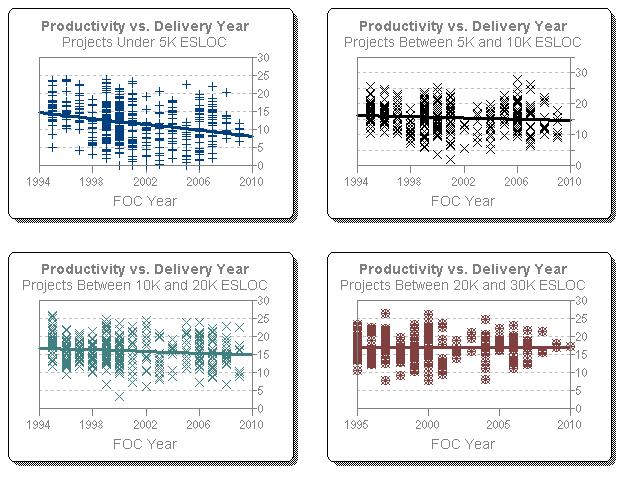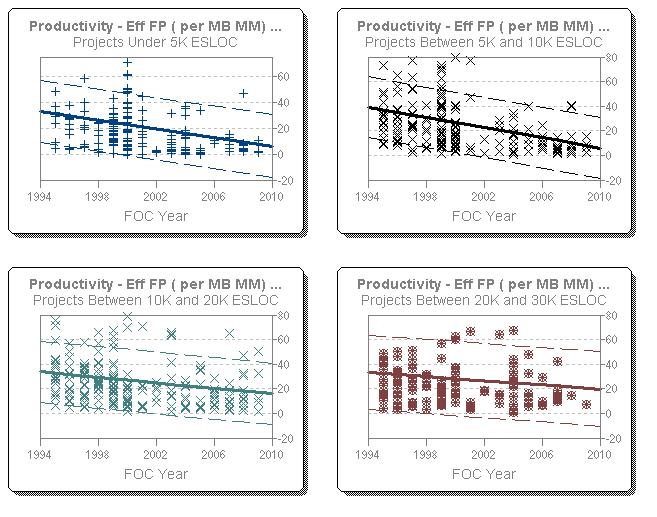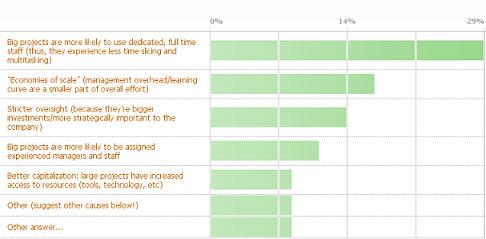QSM Named One of 20 Most Promising Productivity Tools Solution Providers by CIO Review
QSM is pleased to announce we have recently been selected as one of the 20 Most Promising Productivity Tools Solution Providers by CIO Review. In the last few months, CIO Review has analyzed hundreds of productivity tools solution providers and shortlisted the companies that are at the forefront of tackling challenges in the arena. A distinguished panel comprising of CEOs, CIOs and analysts including CIO Review’s editorial board has selected the final list of Productivity Tools Solution Provider of 2015. In their selection process, they looked at the vendor’s capability to fulfill the need for cost-effective and flexible solutions that add value to the productivity tools landscape.
QSM establishes a productivity baseline for its customers’ projects, identifying immediate opportunities for improvement, while providing the ability to measure the return-on-investment (ROI) once those improvements have been implemented. QSM's Software Lifecycle Management (SLIM) tools support better decision making at each stage of the project development lifecycle.

 So, just why do we want to measure software productivity (without using the root word “productive” in the answer)? I believe that it comes down to the desire to numerically evaluate an inherently complex process so that quantitative comparisons can be made to provide a basis for decision making:
So, just why do we want to measure software productivity (without using the root word “productive” in the answer)? I believe that it comes down to the desire to numerically evaluate an inherently complex process so that quantitative comparisons can be made to provide a basis for decision making:

